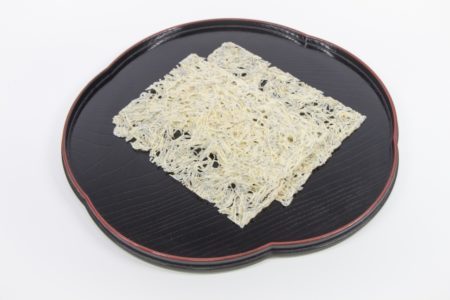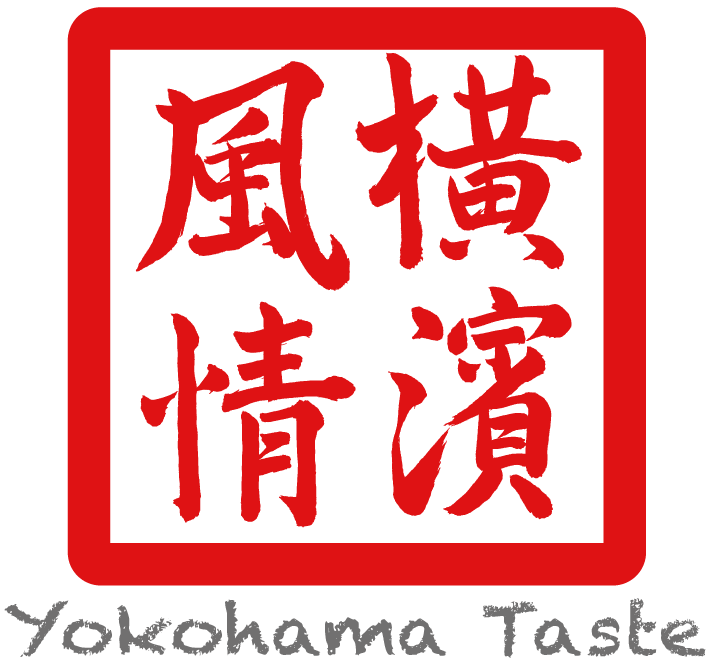There are a lot of historical and interesting places to see in kamakura.
The sites we mention below are the highlights of our recommendation.
Tsurugaoka Hachimangu
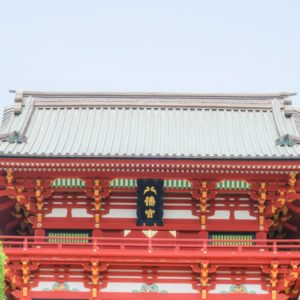
Tsurugaoka Hachimangu is The famous and magnificent shrine of the guardian god of the Minamoto family , who used to be a top leader of Samurai 800 years ago.
Komachi Street
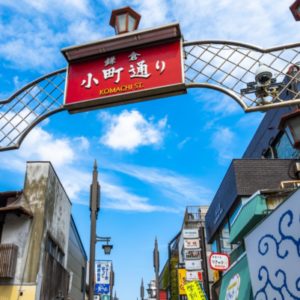
Here is the lively shopping street.
There are so many attractive souvenir shops, restaurants, caffes which is good for walking around after visiting temples and historikal sites.
You can buy a good souvenir at the below recommended shop.
Daibutsu(Great Buddha)
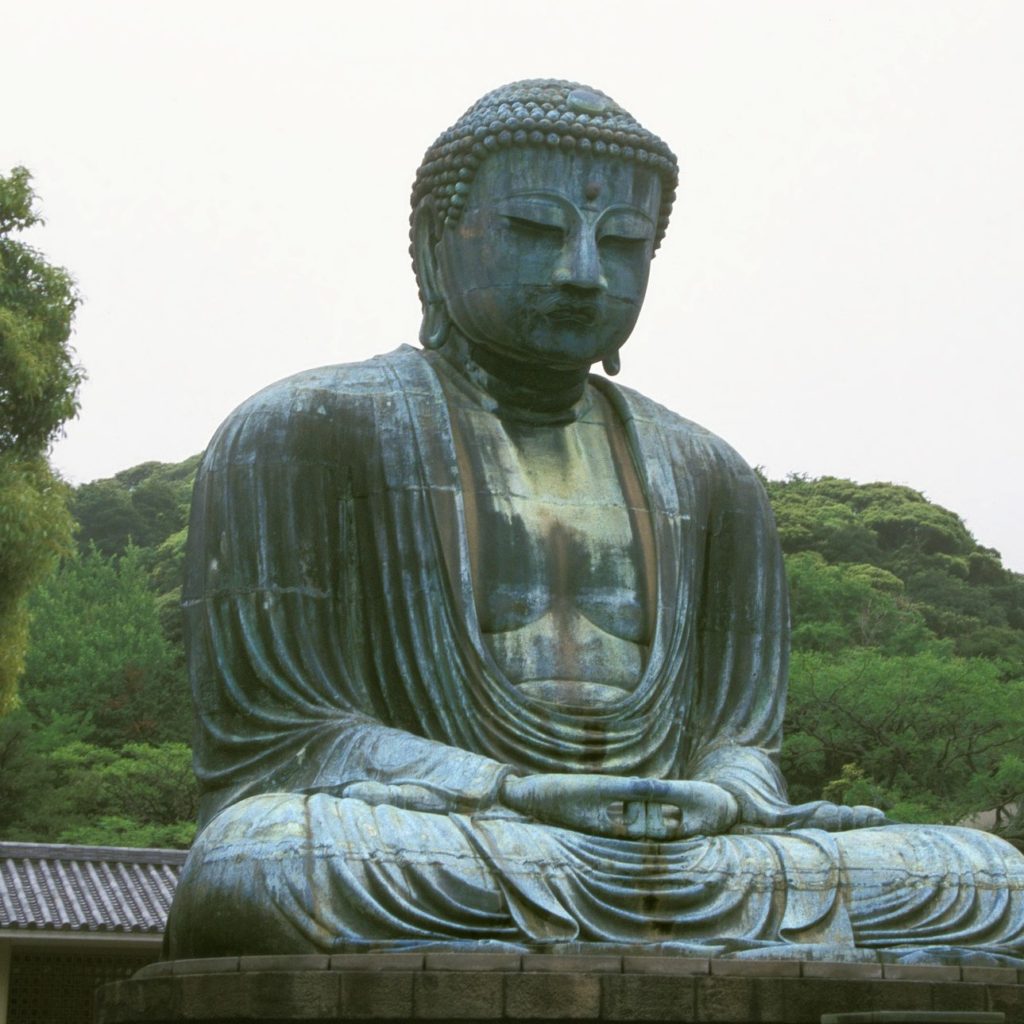
It is the bronze statue of the Great Buddha that the Kamakura Samurai government built in Kotokuin Temple to pray for the peace of the people.
The wooden Daibutsu statue was built in 1243. It was said to be rebuilt in bronze.
Originally It was located inside the temple hall but It was destroyed by Tsunami and Typhoon and it has been located outside since the 15th century.
The height of the Daibutsu is 11.4M and it is the second tallest bronze buddha statue next to the one in Nara.
Now Daibutsu is one of the symbols in kamakura.
Book Things To Do, Attractions, and Tours | GetYourGuide
Find, compare, and book sightseeing tours, attractions, excursions, things to do and fun activities from around the world. Save money and book directly from lo…
Hasedera Temple
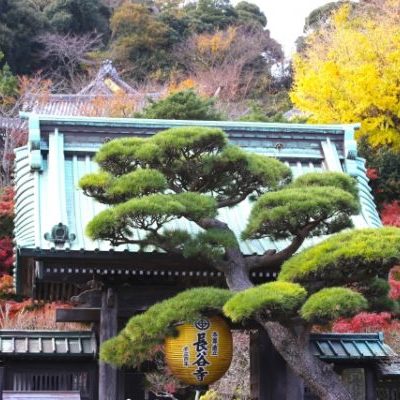
Hasedera is one of the oldest temples which was said to be built in 736.
The principal Bosatsu standing statue which has 11 faces is 9.18m tall and it is one of the highest wooden statues.
The ground of Hasedera is so beautiful with hydrangea flowers in June and red colored foliage in autumn, that it is called the heaven in the western Kamakura.
It is recommended to go to the viewpoint of height where you can look out over beautiful scenery of the town and ocean view.
Hasedera in Autums
Kenchoji Temple
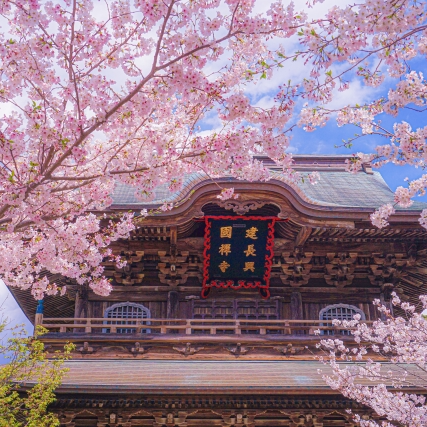
In Kamakura, there are five representative temples of the Rinzai sect, a branch of Zen Buddhism, collectively known as the Kamakura Gozan. Among them, Kennin-ji is the first and most prestigious temple.
Kennin-ji was established in the fifth year of the Kencho era (1253) in the middle of the Kamakura period as Japan’s first specialized Zen training hall. The founding patron was Hōjō Tokiyori, and the founding abbot was Rankei Dōryū. Rankei Dōryū, the founding abbot, was born in China (Song Dynasty) and came to Japan to propagate the flourishing teachings of Zen in China at the time. Invited by Hōjō Tokiyori, Rankei Dōryū arrived in Kamakura and was entrusted with the establishment of Kennin-ji.
Here is also famous for the origin of Kamakura indegenous cuisine named “Kenchin Jiru” soup.
Meigetsuin
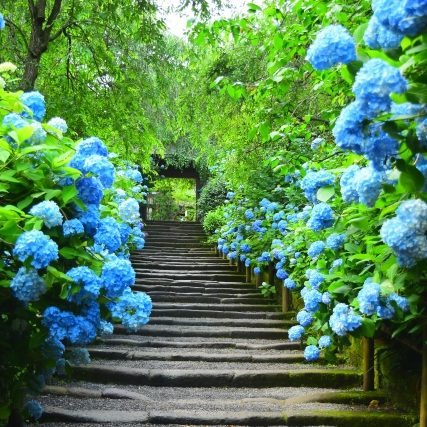
Meigetsuin is a popular temple because of the beautiful scenery of Ajisai flower (hydrangea) that blooms in June which is rainy season and during autumn, the color changes to foliage.
Originally it was built for the samurai who died in the Genpei war (The war between Heike and Genji for supremacy).
There is a famous biggest “Yagura” in Kamakura which is a cave-like tomb in the Kamakura period (12-13th century).
There are statues of the historical Buddha on the wall of Yagura.
The circular window in the guest room of the main building (Hojo) expresses the symbolic shape of the Space and called
” Satori no Mado” (The Window of Enlightenment).
The scenery from this window is a popular object for taking pictures especially in autumn because of its beautiful colored foliage at the backyard.
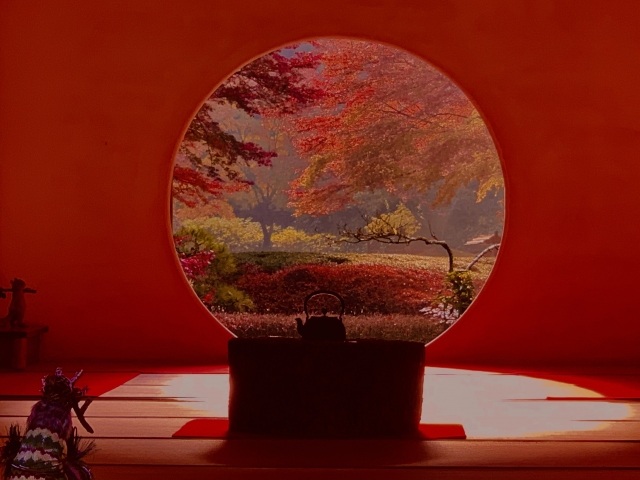
Enoshima Island
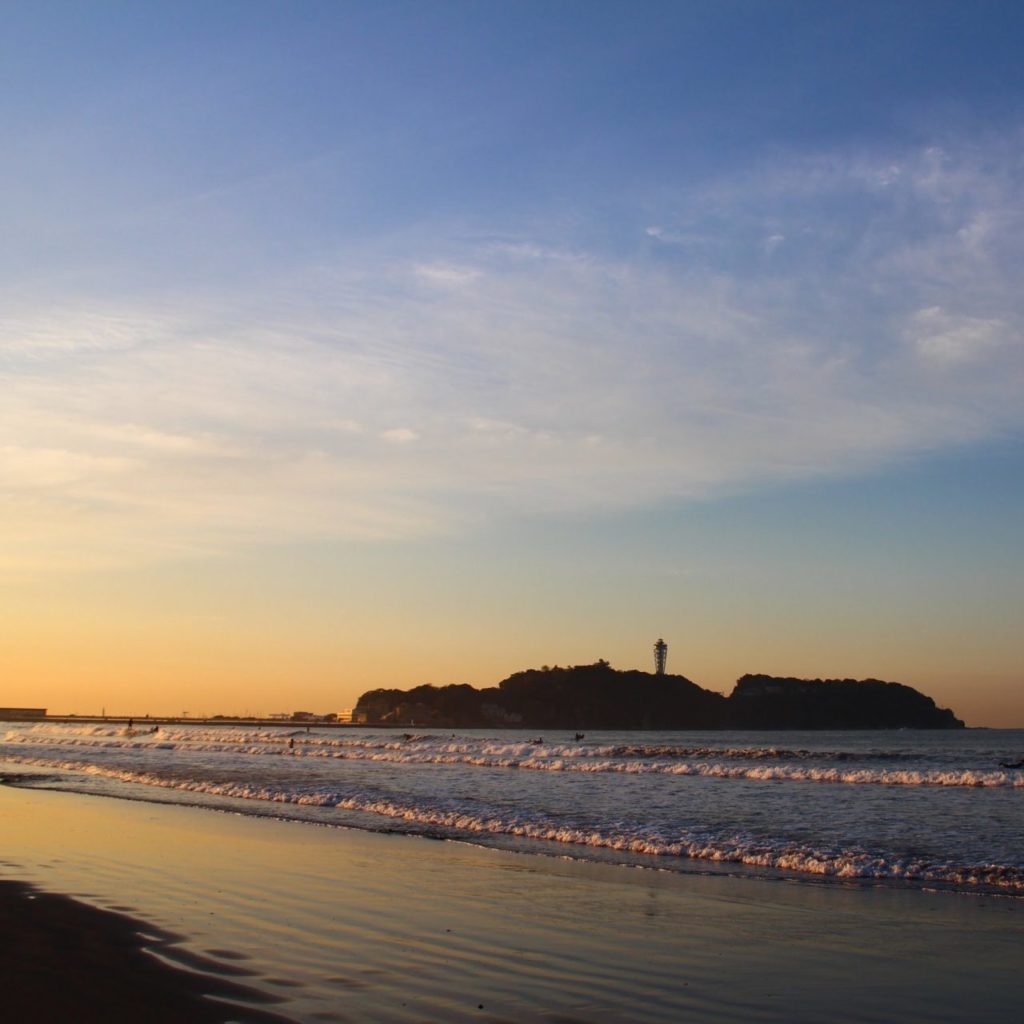
Enoshima is a picturesque island located off the coast of Kamakura in Kanagawa Prefecture, Japan. It is a popular tourist destination known for its stunning views, historical landmarks, and vibrant atmosphere. Enoshima is easily accessible from Tokyo, making it a popular day trip or weekend getaway for both locals and tourists.
The island offers breathtaking views of Mount Fuji on clear days. Enoshima Beach attracts sunbathers, swimmers, and surfers during the summer months. The beach is also lined with trendy cafes, restaurants, and shops, creating a lively beach town atmosphere
Sugimotodera Temple
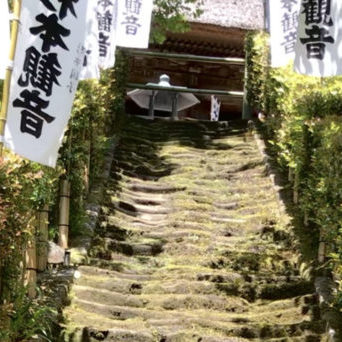
Sugimotodera is the oldest temple in Kamakura which was build in AC734.
The main hall with thatched roof and mossy stairs make us feel tradition of more than 1200 years.
There is the interesting legend relating to the name of the temple.
When the fire disaster occured in 1189, the principal statue of of Goddes named “Eleven Faces Kannon-zo” which has 11 small faces on a head, said to run away to the place under the Sugi tree(Japanese cedar) by herself.
That is the origine of the temples name.(“Sugi” of Sugimotodera means Japanese cedar “Sugi tree”. Moto means “base”. Dera(Tera)means temple.)
The mossy stairs are a symbol of this temple, but it is prohibited to pass now and is maintained carefully.
Houkokuji Temple
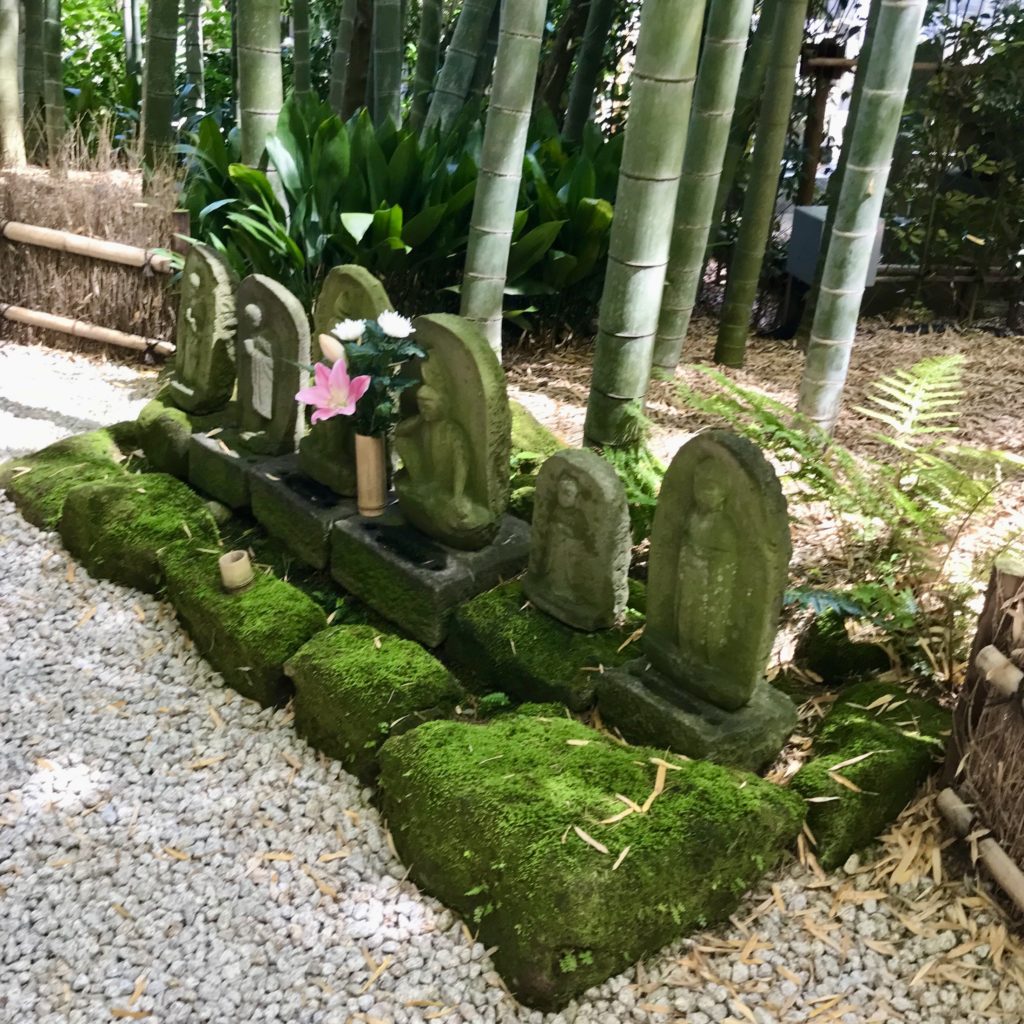
Hokoku-ji Temple was established in 1334 and serves as the family temple of the Ashikaga shogunate during the Muromachi period.
The “Bamboo Garden” here is a renowned spot with a beautiful bamboo forest, worth a visit for its captivating scenery.
Within the Bamboo Garden, the open-air café called “Kyukoan” allows visitors to enjoy a moment of tranquility, sipping matcha while gazing at the sunlight filtering through the bamboo grove—an experience of pure serenity.
Koshigoe
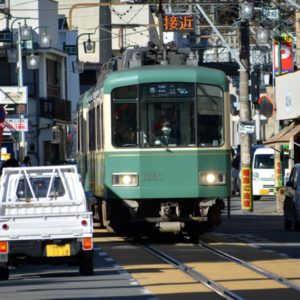
Here is a small fishing port town near Enoshima island.
You can enjoy a great fisherman meal of young sardines. you may see the amazing scene with the train;”Enoden” runs on the street just beside houses and street cars.
My recommended souvenir of Koshigoe is “Tatami iwashi”.
Tatami Iwashi is a food made of dried young sardines.
It is likely to be a thin sheet. That’s why Tatami Iwashi is named after Tatami mat.
Roasted Tatami iwashi goes great with Sake or Shochu.
